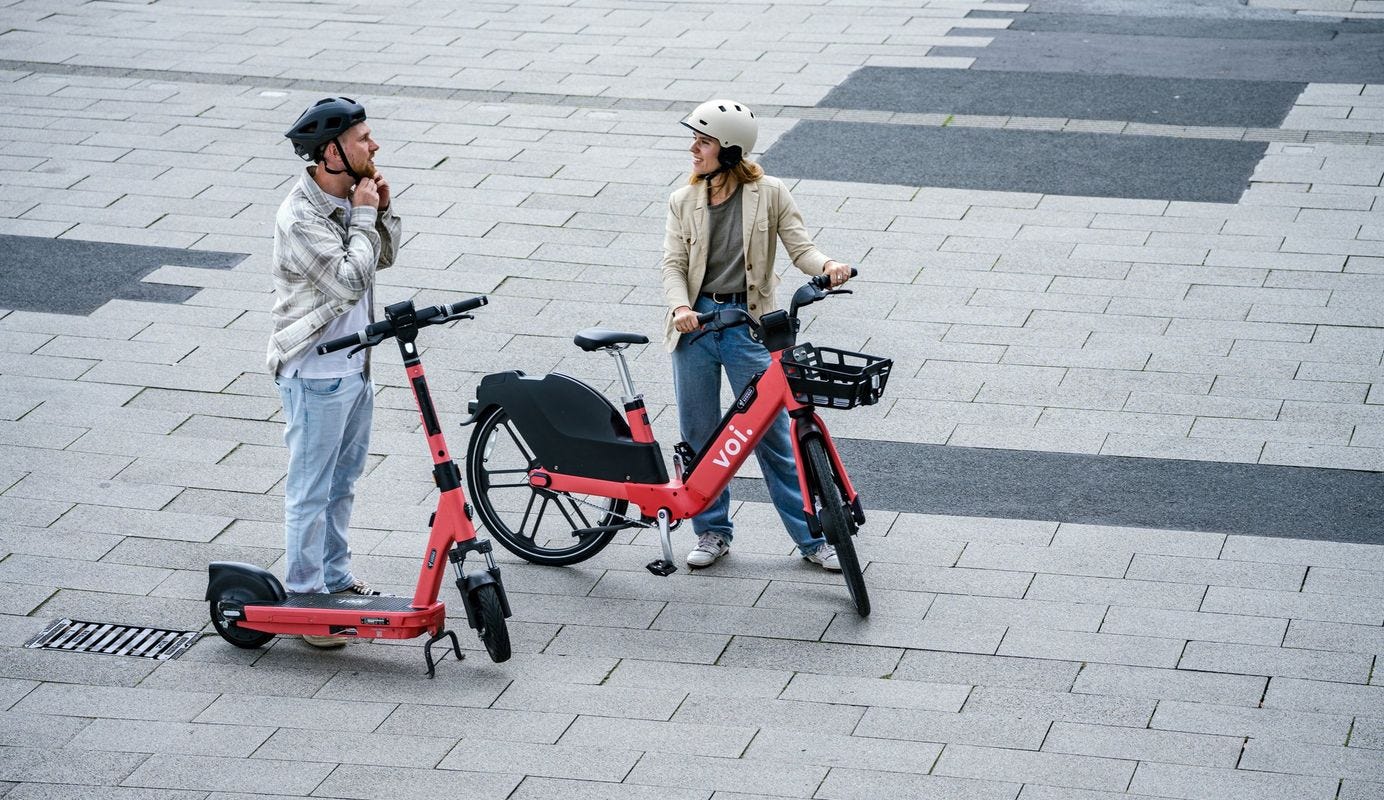According to the Internal Revenue Service, a mile costs $0.53. This is the value you can deduct from your income for each mile you drive while on business. This represents, in one single number, the net cost of driving.
I don’t know how the IRS comes up with this estimate but it agrees quite closely with the Automobile Association of America estimate for the cost of ownership for personal vehicles. The AAA comes to it by accounting for financing, depreciation, insurance, inspection, registration, taxes, service and maintenance, parking, and tolls for a vehicle each year, and dividing by the average miles driven.
The table below shows these components and how they differ between common vehicle types.

In 2017, the total cost per mile ranged between $.38 for a small sedan to $.60 for a 4WD pickup truck. When multiplied by the average mileage driven, the AAA estimate can offer a “cost of ownership” for these vehicle types allowing consumers to, hopefully, make better decisions.
Not included in this total is the cost of environmental degradation or infrastructures that are paid for through other, non-vehicle taxes. One instance would be the cost of “free parking,” which is borne by city residents whether they own cars or not.
Putting aside these omissions, this is a very handy chart: If you know all driven miles, you can multiply that by the “average cost of a mile” and get the total value of automobility as a market. The U.S., for example, consumes about 3.75 trillion vehicle miles a year. Multiplying by $0.53 gives a value of about $2 trillion. That is more or less the value of automobility in the U.S.
But the problem with this “average cost” is that the cost function is not a flat line. In other words, some miles are more expensive than others, and the average hides the sharp costs of short urban trips by blending them with cheap “long tail” highway miles.
We have trip distribution data that shows the relative frequency of short trips vs. long trips so we should have a price distribution for various trip distances in order to calculate the value of micromobility mile.
One wrinkle is that on-demand miles are going to necessarily cost more than personal vehicle miles. First, because on-demand has an implicit service component. In the case of hired driven vehicles, it’s the driver’s time; in the case of micromobility, it’s the positioning of the vehicles in accessible locations, which requires various operational expenses in addition of depreciation.
So, in order to calculate how much an on-demand mile costs I took a look at data from taxi and public bike sharing in New York City.
The following graph shows six sets of data. Trips from 2015 and 2018 in taxis and Citibike (docked bikes) either in Midtown Core or Brooklyn/Queens.

The curves show how the costs and speeds change as distances vary between 0 and 0.5 mi, 0.5 to 1 mi, 1 to 1.5 mi, 1.5 to 2 mi then 2 to 3 mi and 3 to 4 mi and above 4 mi.
Note that not all modes and all years have all the distances represented.
Looking at the taxi data, shown with X points, we can see how costs per mile increase as trips get shorter. The curves are slightly lower cost in the outer boroughs. It also shows how speeds increase as the trip distances increase.
This is largely a reflection of the way taxi rides are priced in NYC: there is a starting cost so short trips are directly penalized. The cost for the driver, car owner, and indeed society are higher for short car trips and it stands to reason that these costs are charged to the rider.
But note how the pricing for Citibikes differ.
First, of course, bike rides are faster and cheaper than taxis in all situations except long trips in Queens/Brooklyn. (Presumably adding eBikes will improve the long-distance performance of the mode.)
Second, the difference between urban core and outer boroughs bike travel is quite small in terms of cost and speed in contrast to taxis. Bikes rides are between 6 and 8 miles per hour and $.50 to $3/mi, while taxi rides will range between $5/mi and $18/mi in cost, and 4 mph and 11 mph. Not that this is for the same trip distances (0.5 to 4 mi.)
This is a reflection of the pricing of Citibikes. They have relatively “flat pricing” based on time of booking and, as most city schemes, subscriptions. Some other micromobility services have more variability in price: by minute of use and a booking fee. Some have per-mile pricing.
This may be a sign of relative immaturity of the market. Pricing is somewhat arbitrary and not always reflective of value delivered or true cost.
Nevertheless, it suggests that micromobility is exploring a different relationship between distance and price. Indeed, the question of pricing innovation often comes up for entrepreneurs. As was the case with communications, where per-minute pricing for calls came to be bundled into an unlimited access flat rate or for data, which moved from cost per bit to cost for access.
The true potential for micromobility isn’t in providing a lower cost per mile—indeed if you look even at Citibike, it’s more expense than the nominal “$.50/mi” that private cars are assumed to cost. No, the potential is in changing the way we think of the value of transportation.
Micromobility reframes transportation enough to imply that we should not charge for miles at all. Or minutes. It suggests bundling of miles and minutes into subscriptions. It suggests providing value “on top” of the utility of transport. Offsetting the transport of kilograms by the data and services that can be targeted to the user.
Indeed, one of the most exciting opportunities for micromobility is the abolishment of the construct of the cost of a mile and its replacement with something more indirect like payment for the real job the user is hiring transport to do: be closer to someone else or to be where one might want to be without knowing where that is.

.svg)
%2Bcopy.jpeg)


.svg)












